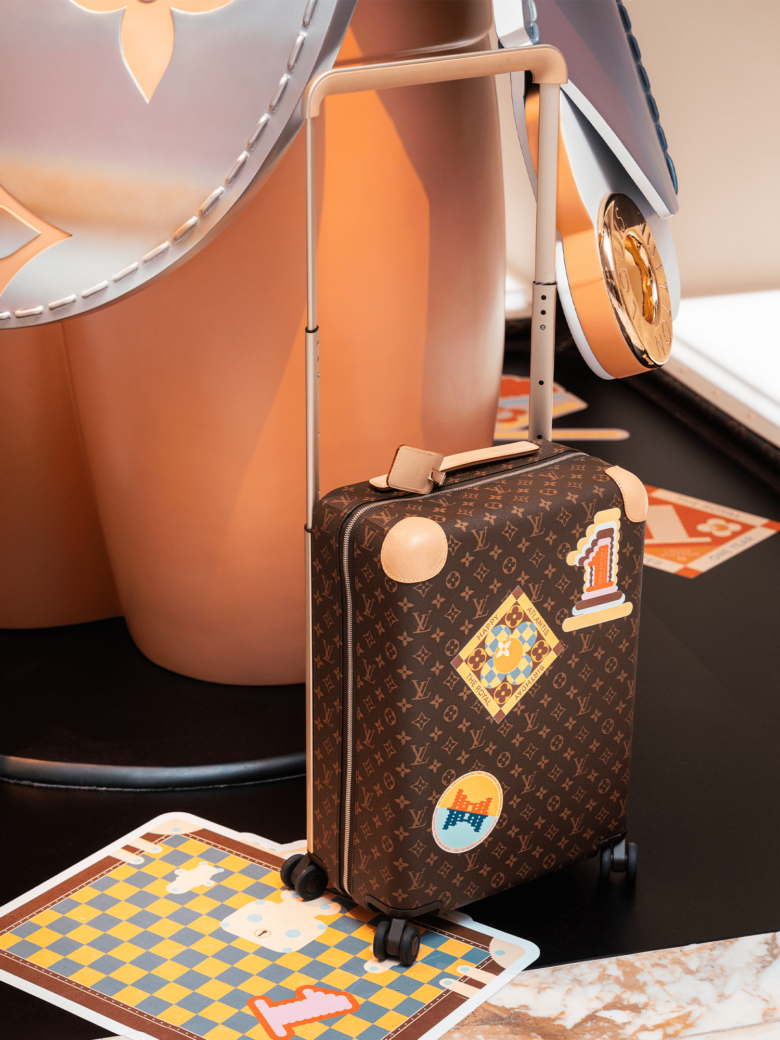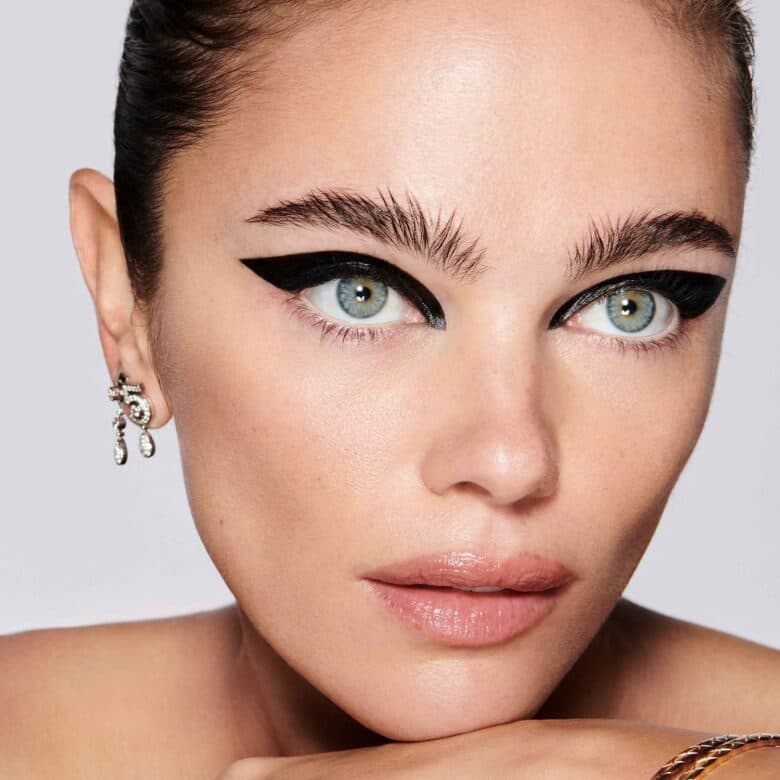Five masterpieces of LGBT cinema
Despite Hollywood’s insistence of sticking to its familiar heterosexual, often sexist storylines and to continue to defy progress with its castings and scripts, independent cinema is rich with films that ignore stereotypes and present pictures that push the boundaries of storytelling and continue to shift the cultural agenda. Here are five of the greatest films in modern times, irrespective of being considered part of the LGBT genre.
My Own Private Idaho
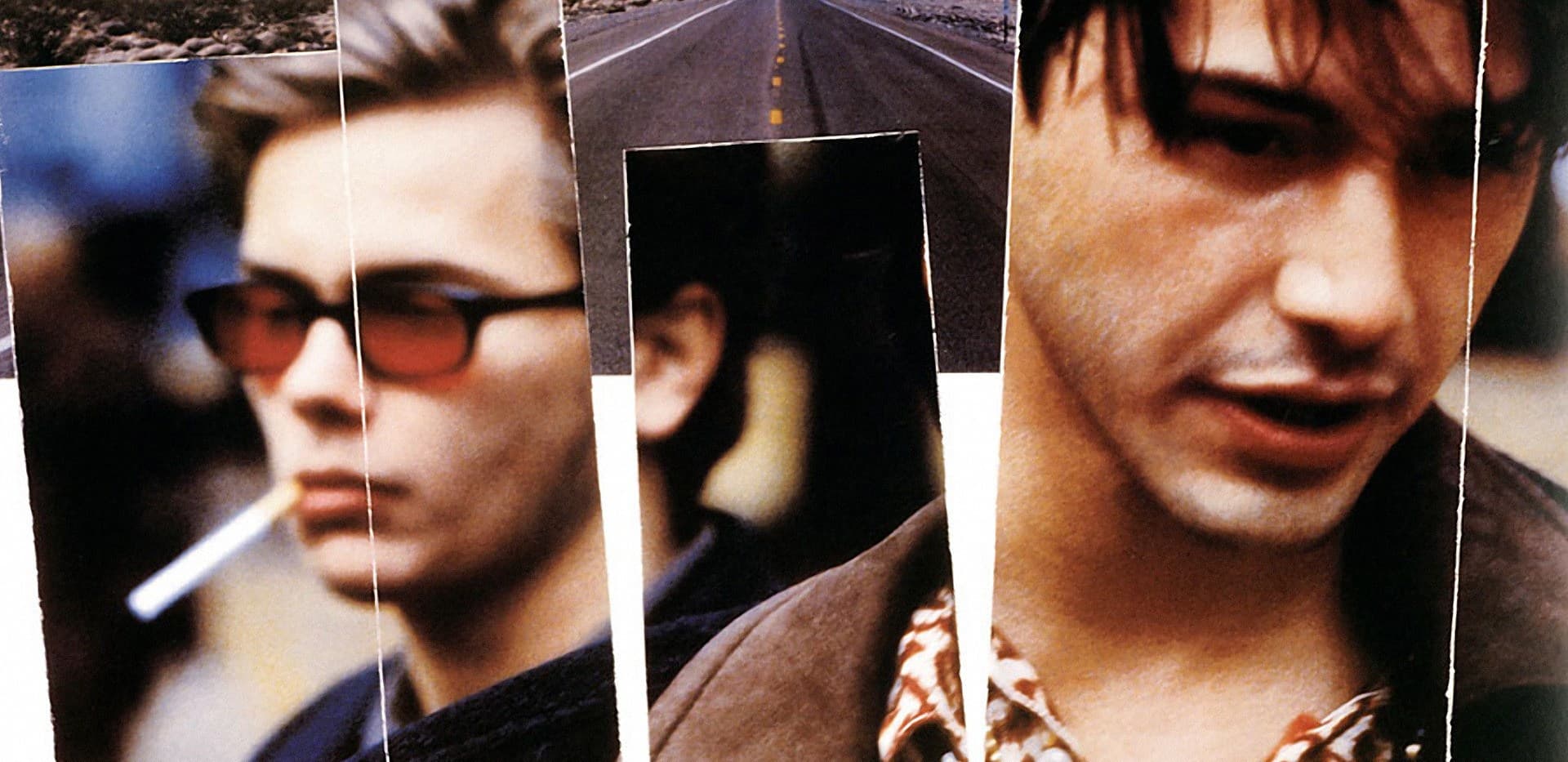
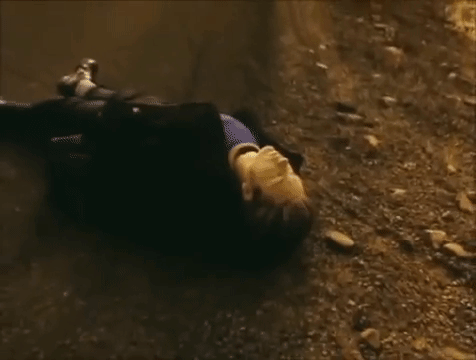
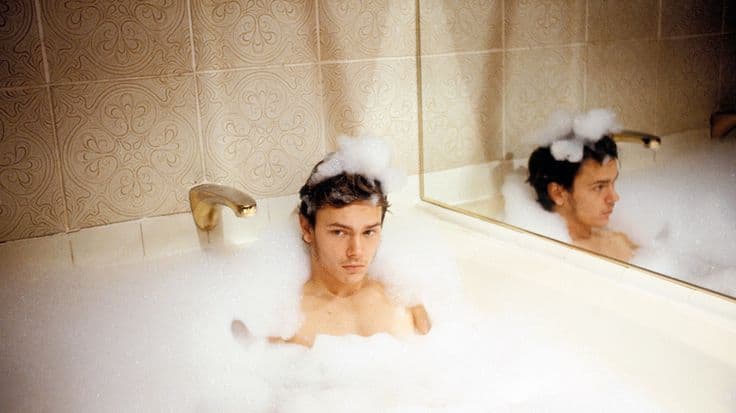
A seminal movie for so many reasons, the focus of My Own Private Idaho on gay hustler culture and the boldness of Gus van Sant’s 1991 script is sometimes overlooked. The director recently recalled in an interview with Out magazine that the script had “made certain people hesitate in the Hollywood community.” Reacting to the nervousness (and probably homophobia) with which film execs reacted to his script, van Sant originally planned to shoot the movie on a tiny budget, street casting for his actors.
However, after Keanu Reeves received and shared the script wth River Phoenix the two agreed to get on board. With the two fledgling actors signed up, Hollywood financed the movie. Along with Philip Lorca di Corcia’s Hustlers and John Rechy’s 1963 novel City of Night (which inspired van Sant’s script) My Own Private Idaho has become a cult classic for its portrayal of hustler culture.
A Single Man
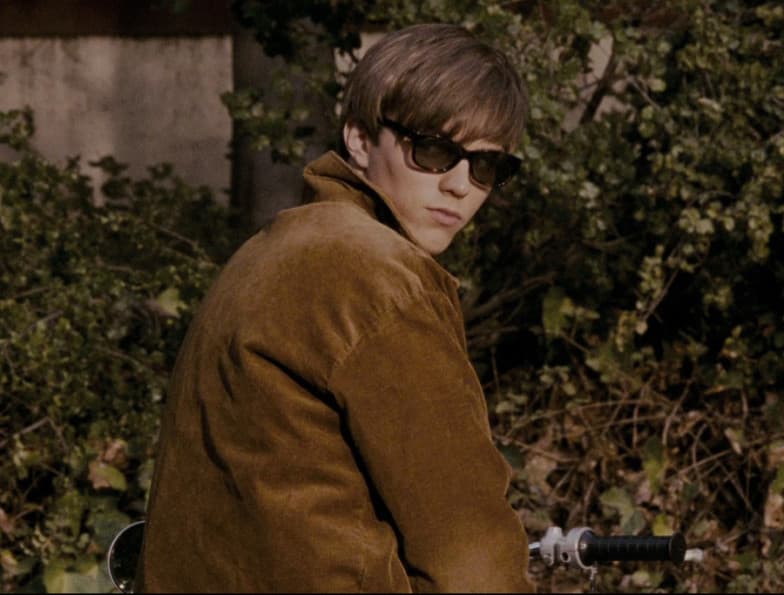
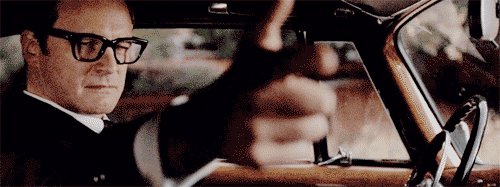
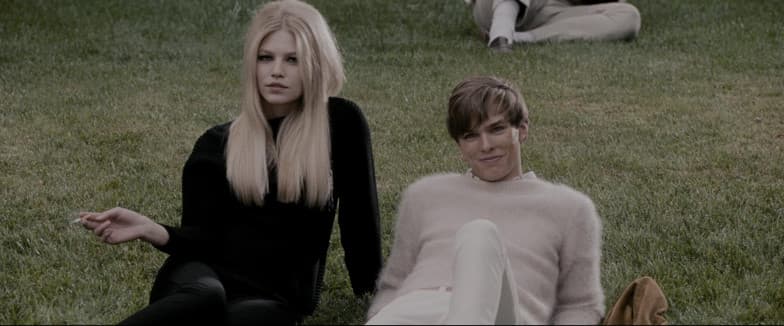
Adapted from Christopher Isherwood’s novel of the same name, A Single Man is every bit as stylish as you’d expect from Tom Ford making his directorial debut. Colin Firth’s Oscar was entirely deserved. The few critics who did complain (by claiming that Ford’s style was far too fashionable for it’s own good) were completely wrong.
The film muses on life and love and recovery as lecturer George Falconer (Firth) grieves his long-term partner, is comforted by his neighbour, Charley (Julianne Moore), who somehow fails to equate George’s lost relationship to a heterosexual marriage, and finds fleeting solace in the compassion and affection offered to him by a young student (Nicholas Hoult). The quietness of the drama and the depth of George’s pain elevate the film to become one of cinema’s most striking romantic tragedies.
Tangerine
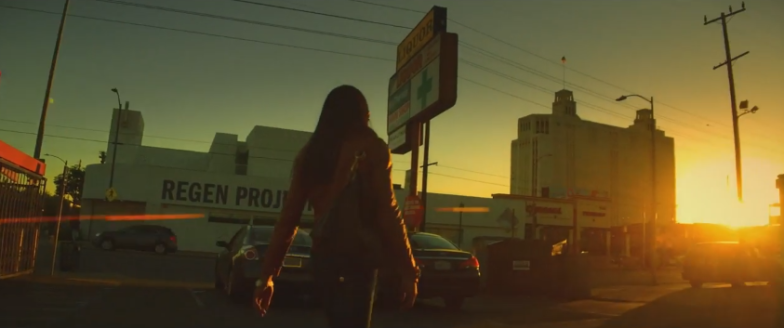
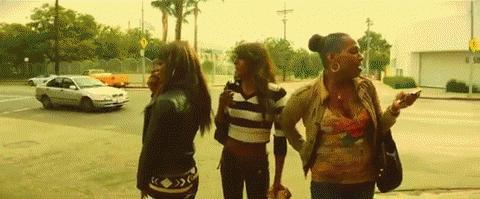
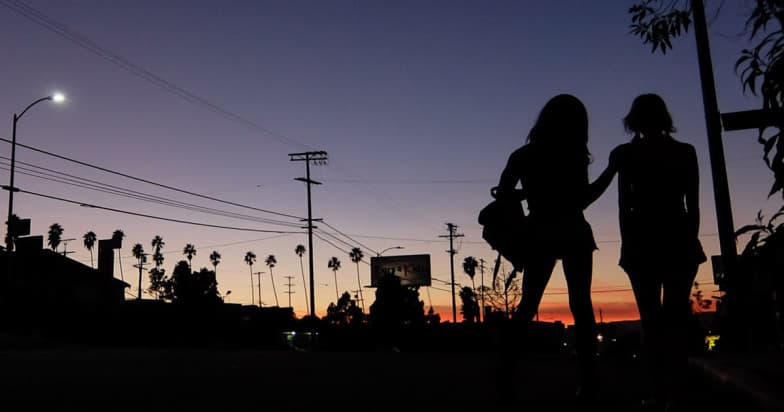
Tangerine follows transgender prostitutes Sin-Dee and Alexandra as they attempt to resolve a relationship dispute that involves Sin-Dee’s boyfriend and pimp cheating on her with a cisgender woman. It’s one of the best movies ever made about friendship. And it’s definitely the best movie filmed on an iPhone, with the multicoloured skies of LA providing a beautiful backdrop for the melodrama. It’s also an unsuspecting Christmas movie, with healthy-looking palm trees supplanting the regular snow and parade BS that you get with movies set on December 25th. Throughout, Tangerine refuses to oversimplify or stereotype its characters (ahem, Dallas Buyers Club).
Happy Together
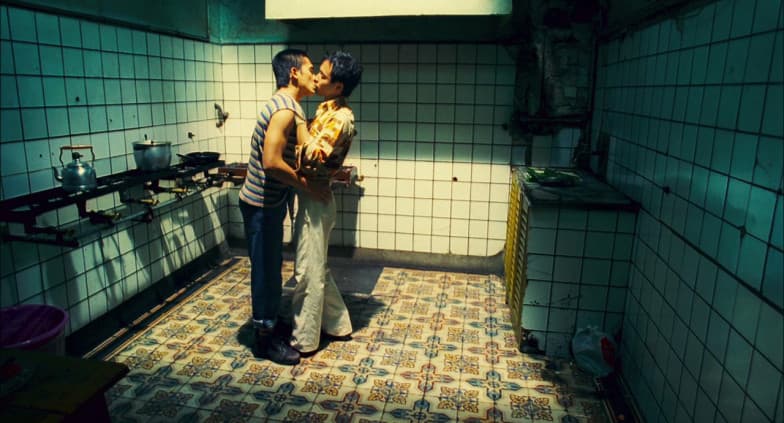
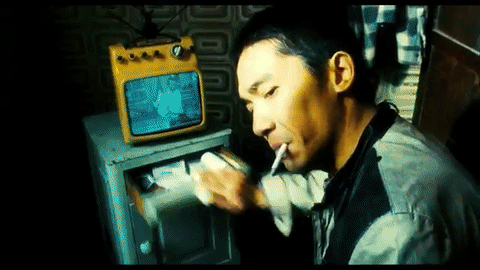
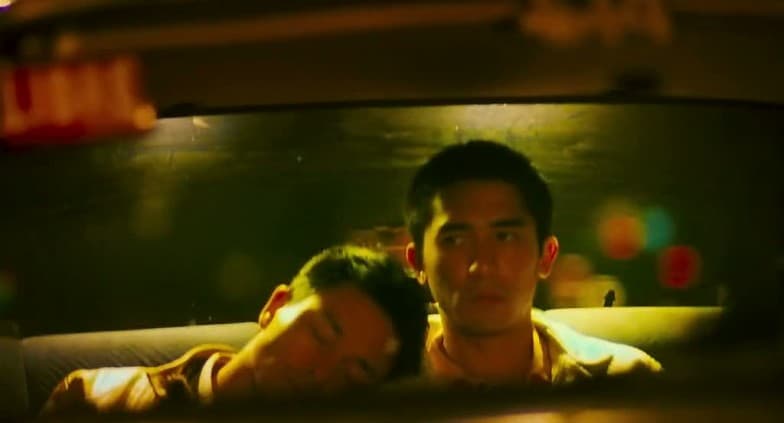
Ho Po-wing and Lai Yiu-fai are trying to repair their failing relationship by visiting a famous waterfall in Argentina. The plan isn’t working, though, and the relationship adopts a familiar, painful break-up-make-up routine that allows for neither happiness nor recovery. Other men are involved, the trip is funded on money stolen by Lai from his father. All of this takes place in the back of taxis, in cheap hotels under flickering lightbulbs and cheap bars. The film has been lauded for its cinematography and for its stream-of-consciousness narrative tethered to the landmark that the relationship will never reach.
Blue is the warmest colour
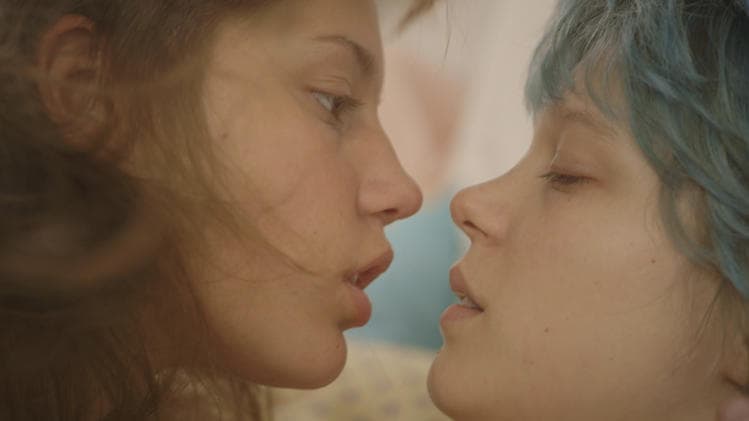

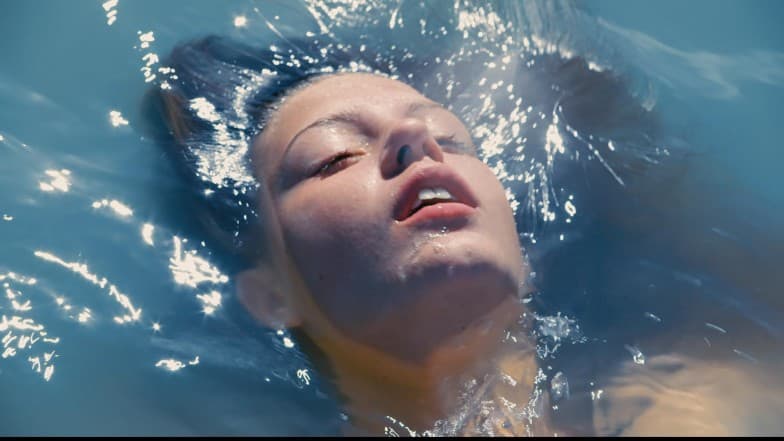
Adèle Exarchopoulos and Lea Seydoux star in Abdellatif Kechiche’s coming-of-age romantic drama released in 2013. The film offended critics with its raw view of sex and sexuality and (substantiated) rumours that Kechiche insisted on filming 800 hours of footage and subjected his cast to poor working conditions throughout. The resultant movie, though, is sensational – a raw and unadulterated vision of youth, sexual discovery and sadness.
